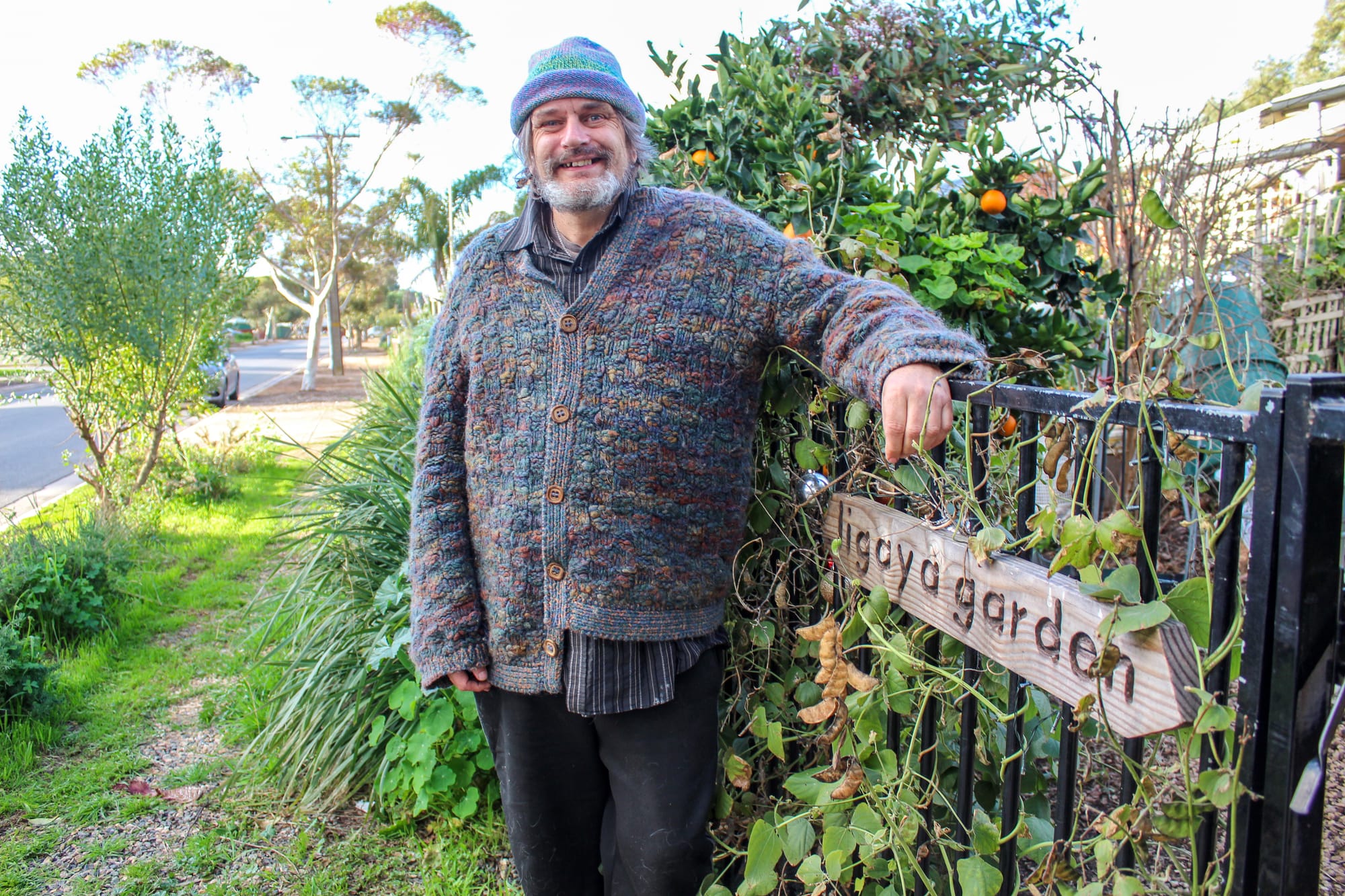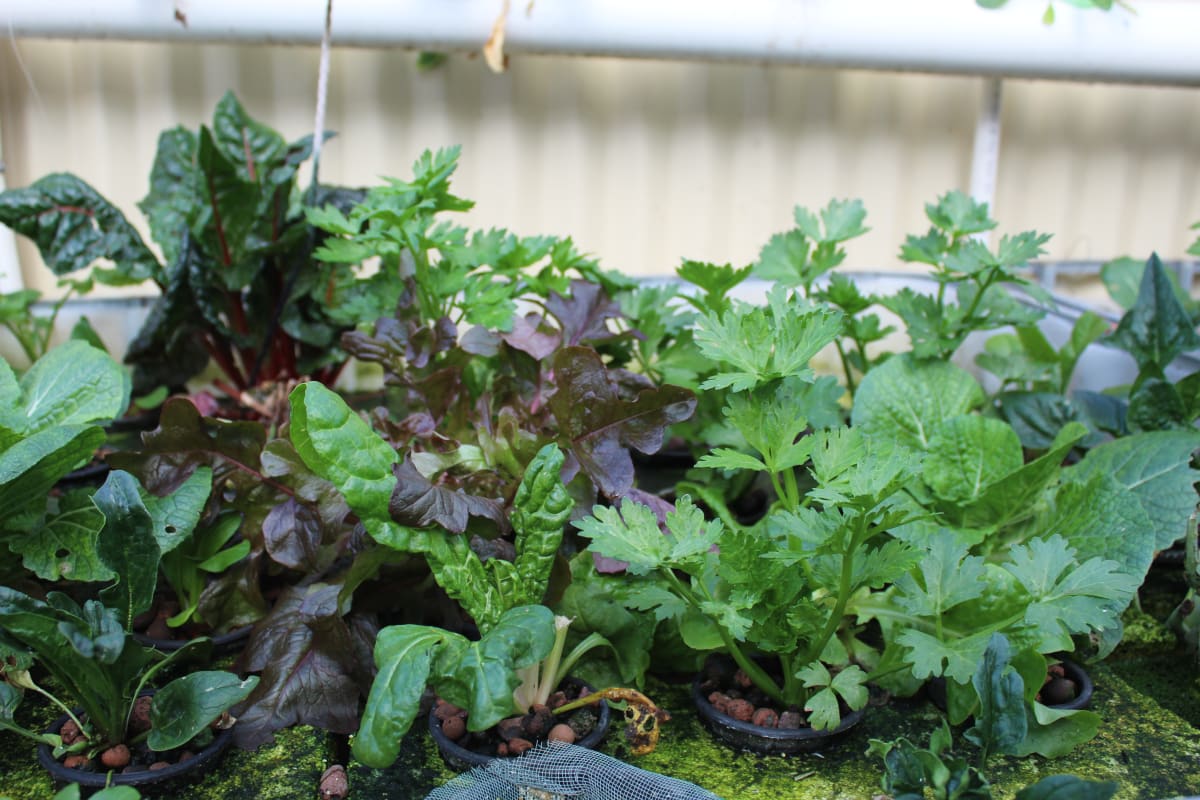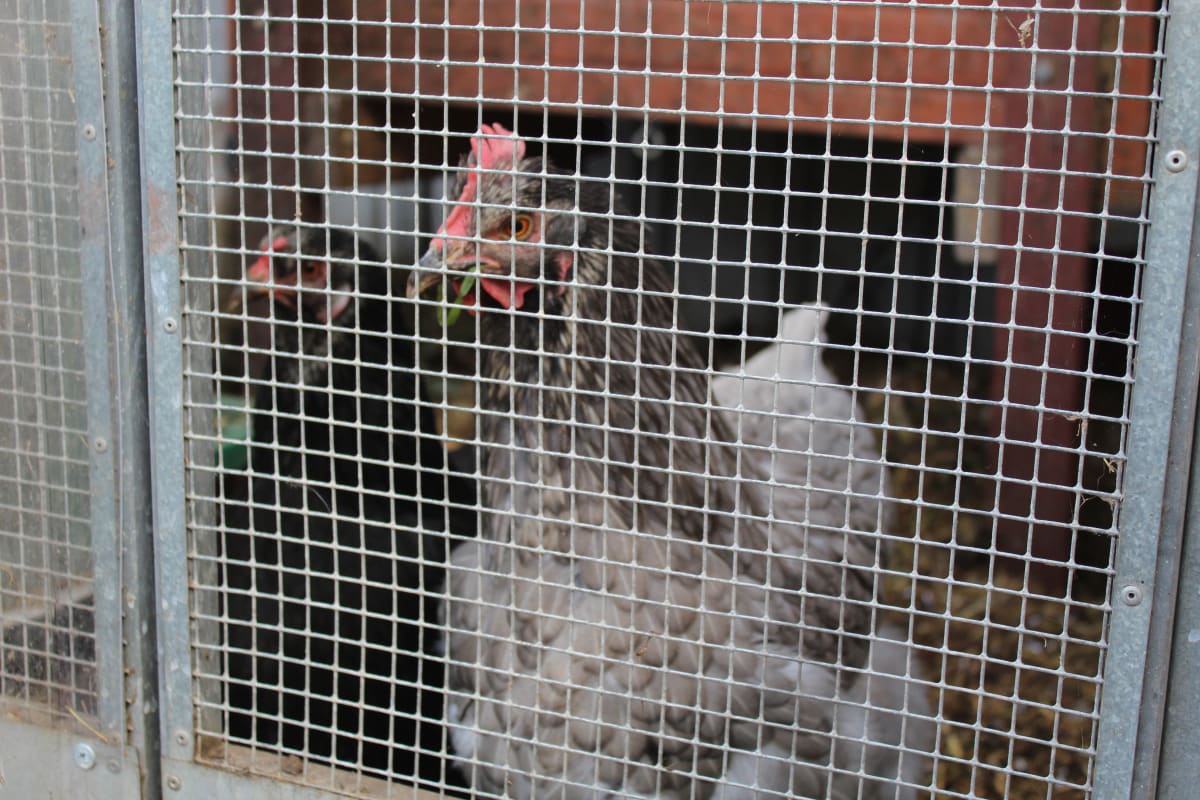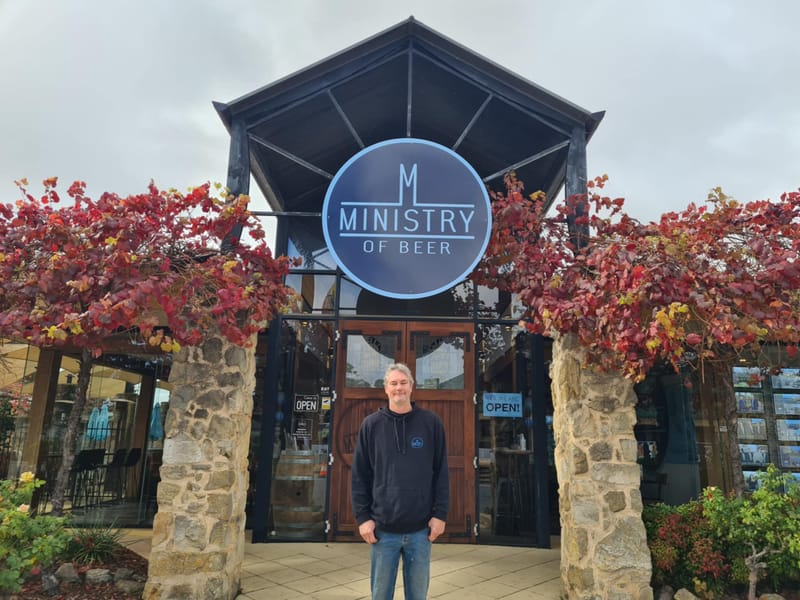Transforming a blank canvas into a green oasis
IN 2015 the Haines family embarked on a project to transform their small block in Gawler South into a thriving garden. At first the land was a blank canvas just waiting for some paint to be thrown on. With just a few pot plants and a straw-bale bed...

IN 2015 the Haines family embarked on a project to transform their small block in Gawler South into a thriving garden.
At first the land was a blank canvas just waiting for some paint to be thrown on.
With just a few pot plants and a straw-bale bed in the back garden, it was humble beginnings.
But now the 60-square-metre block has been transformed into a delightfully chaotic ecosystem, providing the family with the essentials.
Malcolm is the brains behind the operation, and is always tinkering away with new techniques and trying new things.
With an environmental management degree under Malcolm’s belt, the garden has been laid out in such a way that the family can be more self-sufficient and energy efficient.
“There was nothing here, it was an empty block and the western sun was just banging in here,” he said.
We started with the core row of deciduous trees that runs through the middle, so they let light in during winter and block the light (during summer). We let them get really big and built around those.
“The path came from where people mostly walked, so I just worked out where the most efficient place was by footprints…
“The path used to be reversed but I put this in later and that actually captures the breeze from down south in the summer.
“We get a little southerly and that blows through here and it cools the area it runs through.”
Malcolm said when the family embarked on this journey it had a core structure in mind, but everything else was experimentation.
He said it had set a rule in place: if a plant was moved twice and it still didn’t thrive, it would be passed on to someone else.
The name of the garden, Ligaya, means ‘happiness’ in Tagalong, the native language of Philippines where Jelina and Marlon hail from.
At last count there were more than 200 different types of plants with everything from apples, mandarins and plums to the more exotic like guava, jujubes, hops and dragon fruit.
About 60 per cent of what the Haines family need is grown in their own backyard.

There are also a number of exotic herbs and tropical and sub-tropical plants from the Philippines, which Jalina uses for both cooking and natural medicine.
Out in the backyard is the family’s aquaponics system, which has been rebuilt and simplified over time.
Chickens also roam around in the front garden in a ‘four-cylinder’ deep litter system – deemed four-cylinder because of the four birds housed on the property.
All the organic material that comes into the house is given back to the chickens, as well as worms, through the floor lining of the chicken run.
Over time the system, through fertilization and turnover of the lining, becomes a rich ecosystem that can be used for mulch and compost in the garden.
Malcolm said the chickens are “the engine” of Ligaya.

This year the Haines family is doing things a little different, cutting the trees down a lot further than usual.
Malcolm said this was being done to get bigger harvests, and because they know what vines work best now.
But the family never expected the garden to become as big as it has. It is now a place to inspire others, with family members imparting their trials, tribulations and knowledge onto others.
In recent years the movement towards backyard growing has picked up steam, particularly influenced by the global Covid-19 pandemic.
Ligaya has close ties to Joe’s Connected Gardens in Elizabeth Grove and operates on much of the same principles, albeit on a smaller scale.
Malcolm said anyone can achieve what the family has at Gawler South.
“Start with your basic herbs like mint, thyme, oregano, that sort of stuff,” he said.
And start with what everyone else is growing because than you can go and talk to people, talk to your neighbours and see what they are growing.
“Take it slow, start small and start with a square metre if you can and prepare the soil really well, invest in your soil.”
The key, though, was to “grow what you like”.
He said there were “enormous benefits” including improving mental health, understanding nature and contributing to a cooler climate.





